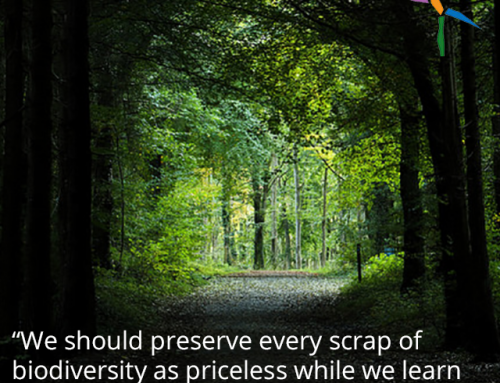When we think of the environmental impact of the food we eat, we take into consideration how much food is being grown, the soil that food is grown in, manufacturing pollution, and transportation pollution from the trucks that get food to the store. Ever wonder why some foods at the store are more expensive in places that aren’t close to agricultural areas? Having to transport food from production to the store costs money, and it has an impact on the environment. The transporting of food from farm to store is where food miles come in.
Food Miles Explained
Wikipedia defines food miles as the numbers that “refer… to the distance food is transported from the time of its production until it reaches the consumer. Food miles are one factor used when assessing the environmental impact of food, including the impact on global warming.” When food is transported from where it’s made to the grocery store, the kind of transport used to get that food there has its own impact on the environment. According to British professor Tim Lang (who originally coined the term), food that is transported by road creates 60% of the world’s food transport carbon emissions. To give you an idea of the scale of road emissions, air transport creates 20% of those emissions, while sea and rail transports create 10% of emissions.
Just One Type Of Environmental Impact
Calculating food miles isn’t an exact science, mainly because many other factors are at play when it comes to the sustainability of food. But the further your food has to go, and the way that it’s transported, clearly have an impact on the environment. If there is a farmer’s market in your area that sells produce that’s made close to your city or town, you’ll definitely help cut down on the environmental impact of food miles. Of course, if you can grow a few of your own vegetables and herbs, you can cut down on the impact of food miles as well. Hooray for local food!
Have you heard of food miles and their impact on the environment? Like us on Facebook and tell us!





